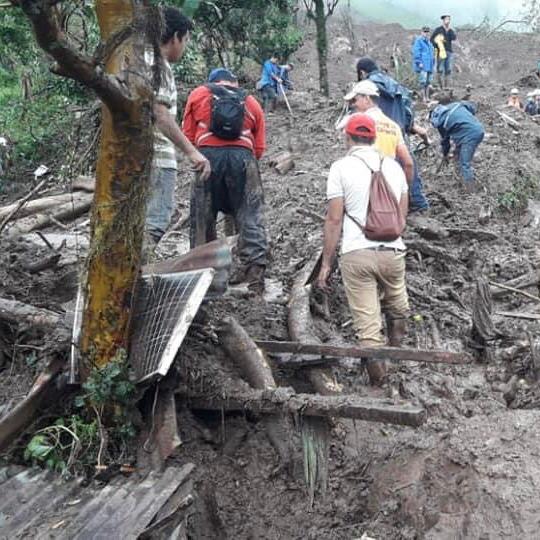- a blog about the two hurricanes hitting Nicaragua in two weeks, climate change and why going green is important.
- a blog about how typing data electronically makes for less mistakes and more time for patient care.
- a blog about HOW we are able to do this now and how appreciative we are,
- a blog on climate change and saving paper
- a blog about how much space and time we will save
- and today I will write on the importance of statistics and a summary of why we need this service.
Every time we tried to think of ways to move our information to on-line storage and have all our information not on paper, all the programs available were too expensive and too detailed. Creating one that we would have to code and set up is beyond our capabilities.
HIKMA Health also say, “Under acute conditions, populations are disconnected from health care providers, and humanitarian organizations have difficulty tracking rates of disease and the amount of equipment/medications they need to order.”
Josefa, our administrator, does a great job of knowing what we need for our patients in the clinic. She knows what medicines to order according to what the doctors prescribe monthly (available funds allowing)…but tracing diseases is difficult for us. We just do not have the means to really follow-up as we would like. This electronic records service will make that more possible.
“Under protracted conditions, chronic illnesses get worse because they go under treated and preventable complications occur too often.”
This too, is true. Many of our patients get some medications from the government as well as our clinic. Being able to record ALL the medications they are taking will allow our doctors to plan a strategy with the patients who suffer with chronic illnesses.
This service will also provide for us - at our finger tips - what is working and what is not. Statistics. Finding out if the medications are consistently lowering diabetes or not; and if not, why not.
In summary, this service:
- will save the clinic money in paper, file folders, printing costs, and maintenance on the file cabinets.
- will save trees and energy…we will go greener and with climate change (two hurricanes category 4 and 5 within two weeks), Nicaragua needs our clinic to be more ecologically sound.
- will save on space in the lobby area as well as with storage of all the files…which means better social distancing.
- will also allow us to make fewer mistakes because everything will be typed and not hand-written.
- will save us time which will mean more patient care.
- and will allow us to track and keep records of diseases and patient statistics to use for better public health and grant writing as well as developing strategies for the patients.
 |
| Dr Jorge with patients... charting by hand |
This is a win-win scenario. This project is valuable to us. We would love to be able to just spend the money for it to happen; but the CDCA is struggling to pay payroll for staff and bills as well as buying medications and sending out hurricane relief. THIS is why we need YOUR help today. Help us reach our goal of $5,400 today.
Together we can solve problems. Thank you!














